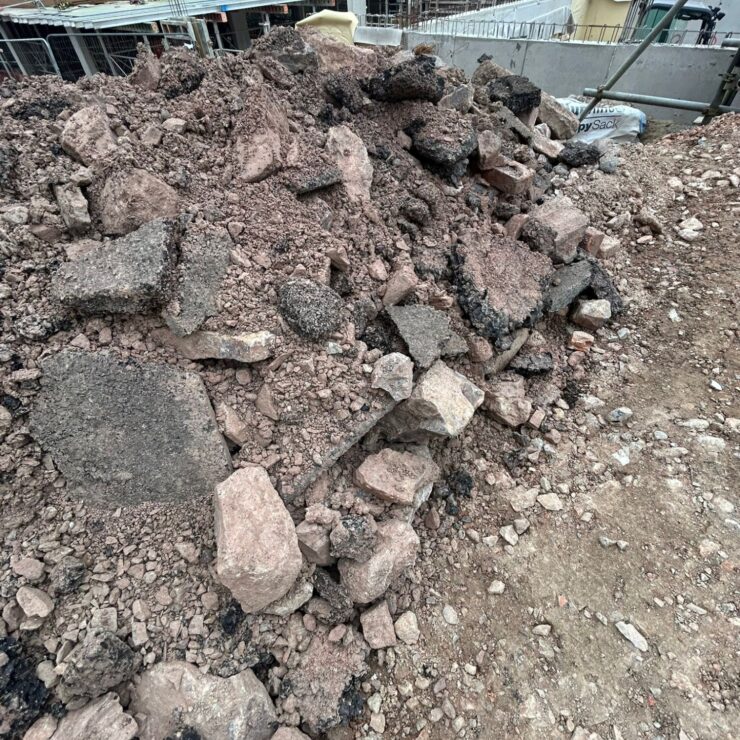CALL OUR TECHNICAL TEAM on 0117 9244990 or EMAIL US

Four hundred million tonnes of coal tar remains in the UK, mainly comprising roadway tarmac and infrastructure. So, when you're getting involved in Streetworks, there's a good chance you'll come across it. Let's find out why it's more important now than ever to know the essentials:
So, what better way to brush up on your knowledge and sharpen your senses than a traffic light warning system?
(Health and safety is ALWAYS the priority. Wherever hazardous substances may be present, there must always be sufficient risk assessment and PPE in place.)
🟩 Site history: Road was freshly laid after 2000s
🟩 PAK spray: The marker remains white
🟩 Odour: Petroleum-based tarmac can smell of hot/burning rubber, or roofing on a sunny day
🟧 Site history: Road has been re-laid / repurposed / overlaid one or more times
🟧 PAK spray: the marker may be off-white
🟧 Odour: Organic smells like white spirits, shoe shine
🟥 Site history: Road was laid pre-1985
🟥 PAK spray: The marker turns a distinct yellow
🟥 Odour: Smells can include "dental" medicinal smells, and the London Underground tunnels. Some find it to be a foul, musky smell due to p-cresol present in the coal tar.
As always, if you've got excavations to dispose of, grab a sample (if you've got multiple layers, get one sample per layer), and send it our way for our expert analysis and advice. We will handle the technical details, giving us enough information to classify your waste for disposal in line with WM3: